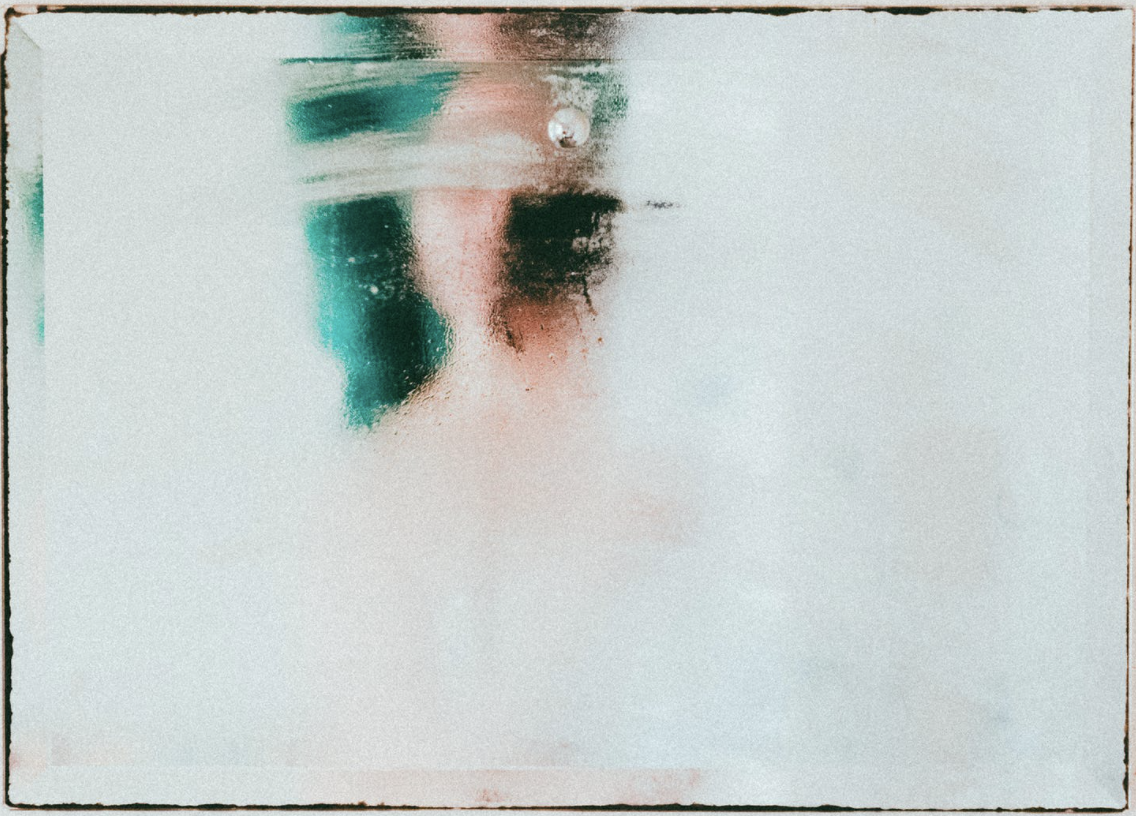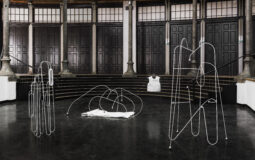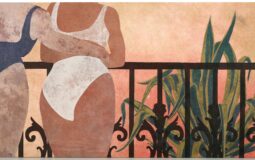“I am in no mood to be deceived any longer by the crafty devil and false character whose greatest pleasure is to take advantage of everyone.”
- Born 8th of December 1864 in Fère-en-Tardenois, France
- Died 19th of October 1943 in Montdevergues, France
Camille was the oldest of three children, her brother called Paul and her sister Louise. From age five to twelve she was taught by the ‘Sisters of Christian Doctrine’, a religious order of the Roman Catholic Church for women.
From age twelve on she started working with clay, mostly making sculptures of the human form.
With time she expanded her artistic education with literature and old engravings.
Camille’s mother never approved of Camille’s, as she said “unladylike” wish to become an artist. Her father, on the other hand, was supportive of his daughter’s wish, and eventually, when Camille was sixteen, she, her brother, and mother moved to Montparnasse (known as the art district of Paris) where Camille started studying sculpture at the Académie Colarossi. Her father stayed back home, working to support them.
There she rented a studio in 1882, together with three other female artists; Jessie Lipscomb, Emily Fawcett and Amy Singer.
At the Académie she studied with Alfred Boucher, who soon became her mentor.
After three years of teaching Boucher moved to Florence and his friend Auguste Rodin took over teaching his class. Soon after Camille and Auguste met they fell in love with each other and started a relationship which was pretty tumultuous.
Starting with Auguste being married and being reluctant to ending his marriage.
When Camille’s mother got to know of their affair and her being against her daughter being an artist in the first place, she forced Camille to leave the family home.
After some further difficulties in their relationship, Camille ended it, after her having an abortion in 1892.
Due to sex-based censorship and the sexual elements in her work, Camille was not able to get the funding to realise a lot of her ideas.
Since her working as an artist was aggravated due to the censorship, she partly was depending on Rodin for maintenance allowance, especially since her father’s death enabled her remaining family to cut all her allowance.
Though she always kept going and created some of her best work from 1889 on with ‘The Waltz’, ‘The Mature Age’, ‘Clotho and Fortune’ and ‘The Implorer’.
In 1903 she had her first exhibition at the ‘Salon de Artistes français’ and from then on regularly exhibited there or at the ‘Salon d’Automne’.
In 1905 Camille was diagnosed with schizophrenia, showed signs of paranoia and destroyed a lot of her sculptures.
After her father’s death in 1913 she was not informed about his death and eight days later was admitted to the psychiatric hospital of Ville-Évrard by her brother Paul.
On her admission form it read that she was admitted “voluntarily” but the form was only signed by her brother and a doctor, and not also herself.
Since she was clear headed most of the time, the doctors tried to convince her brother and their mother that she did not need to be in the institution but they decided to keep her there.
Her mother also forbade her to get mail from anyone else than her brother.
In 1914 she was relocated to the Montdevergues Asylum at Montfavet, to be safe from the advancing German troops (World War I).
The staff in the asylum regularly proposed to her family for Camille to be released but her mother refused every time.
In 1929 Camille’s friend Jessie Lipscomb visited her and afterwards insisted that it was not true that Camille is “insane”. Same as Rodin’s friend Mathias Morhardt.
A lot of authors nowadays believe that, other than many thought, it was not Rodin who was jealous of Camille’s genius, but her brother Paul. And he and her mother, who never forgave her for choosing “immorality” with becoming an artist, conspired to ruin her and then keep her confined in a mental hospital. Also her younger sister Louise was jealous of her since she wanted her sister’s inheritance.
Camille died on the 19th of October 1943 in Montfavet, after being confined there for thirty years.
Her Artwork.
“You find me at work; excuse the dust on my blouse. I sculpt my marble myself.”
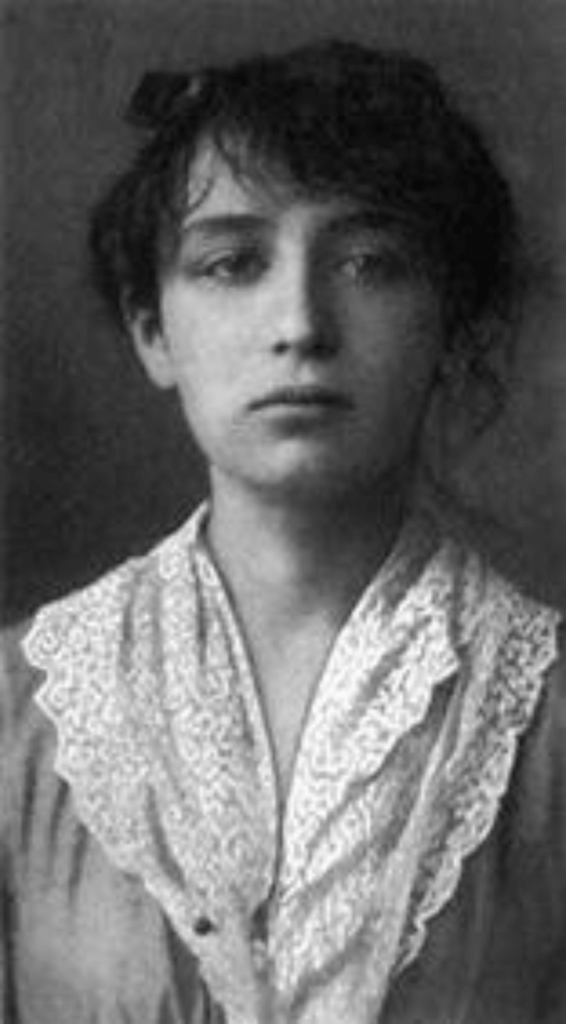
Camille got known for her sculptures, which was also the main medium in which she worked, but she also painted.
The first work I saw from her was the sculpture ‘La Valse’ (‘The Waltz’) which touched me a lot.
This and all her sculptures are so soft in a way that you almost forget that they are made of hard materials like stone. But they are powerful at the same time and hold and express a lot of emotion.
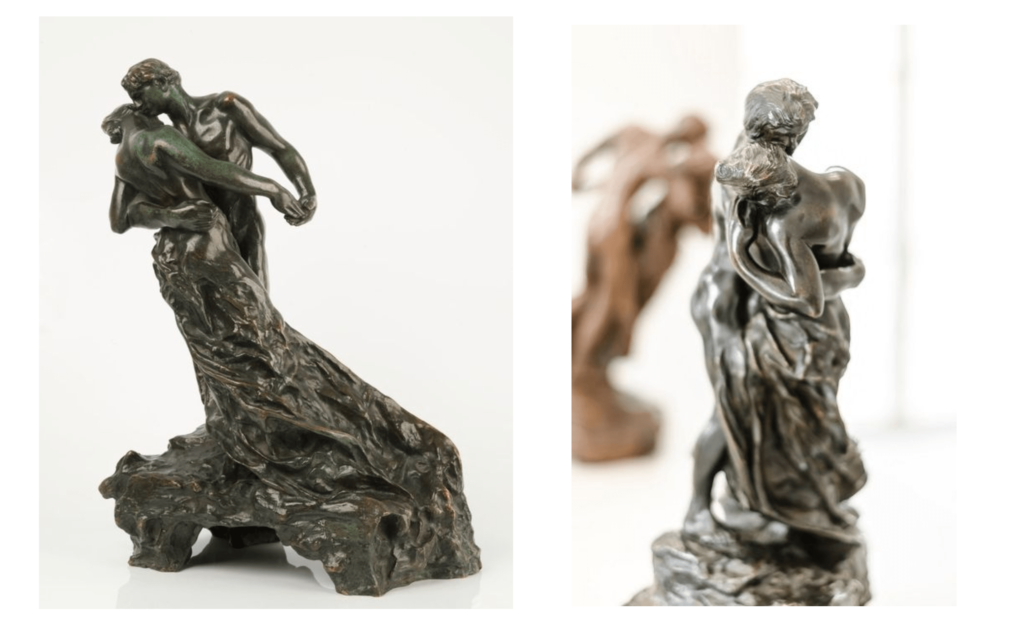



They also have a certain fluidity, as if they are really alive and moving, and not the numb bodies sculptures can often come across as.
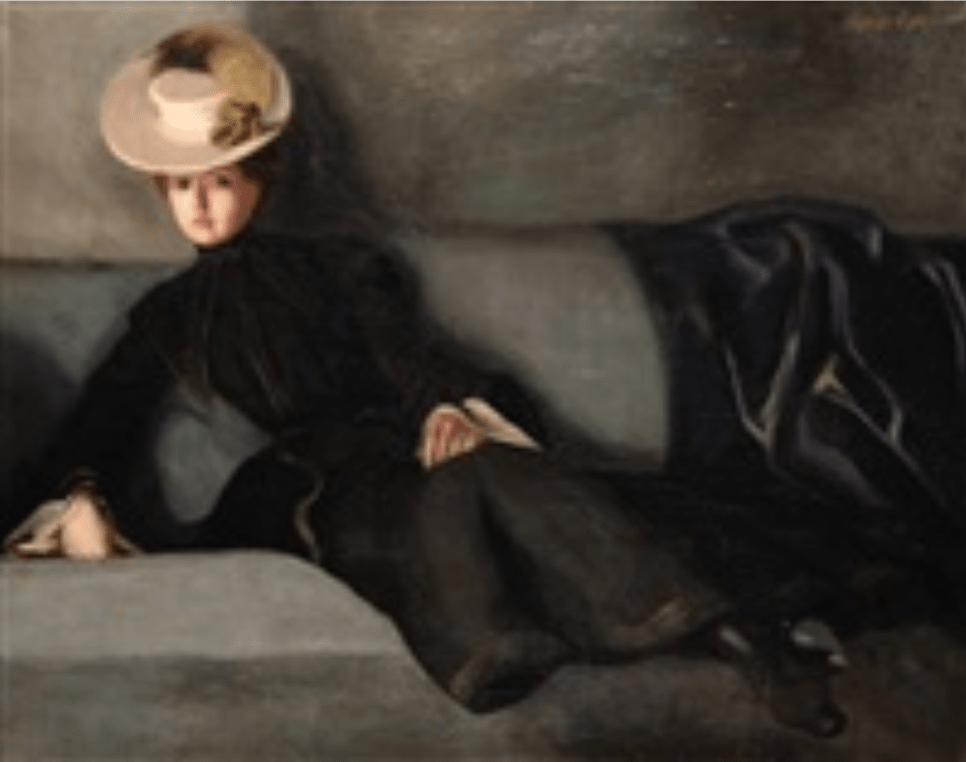
Her paintings also are made with the same purity of emotion, devotion and softness.
She often portrayed sexuality in her work and had a rather symbolic and sensual style.
For me Camille’s work is one of the purest expression of emotions I have ever seen. It’s rawness sometimes almost hurts. It’s touching to the soul but there also lies a tremendous power within that.
To show who you are, your heart and how you feel fully and unapologetically. And that’s one of the bravest and most powerful things you can do.
Camille for me is one of the most empowering women and artists I know and the same goes for her artwork, which touches me to my heart like no other.




